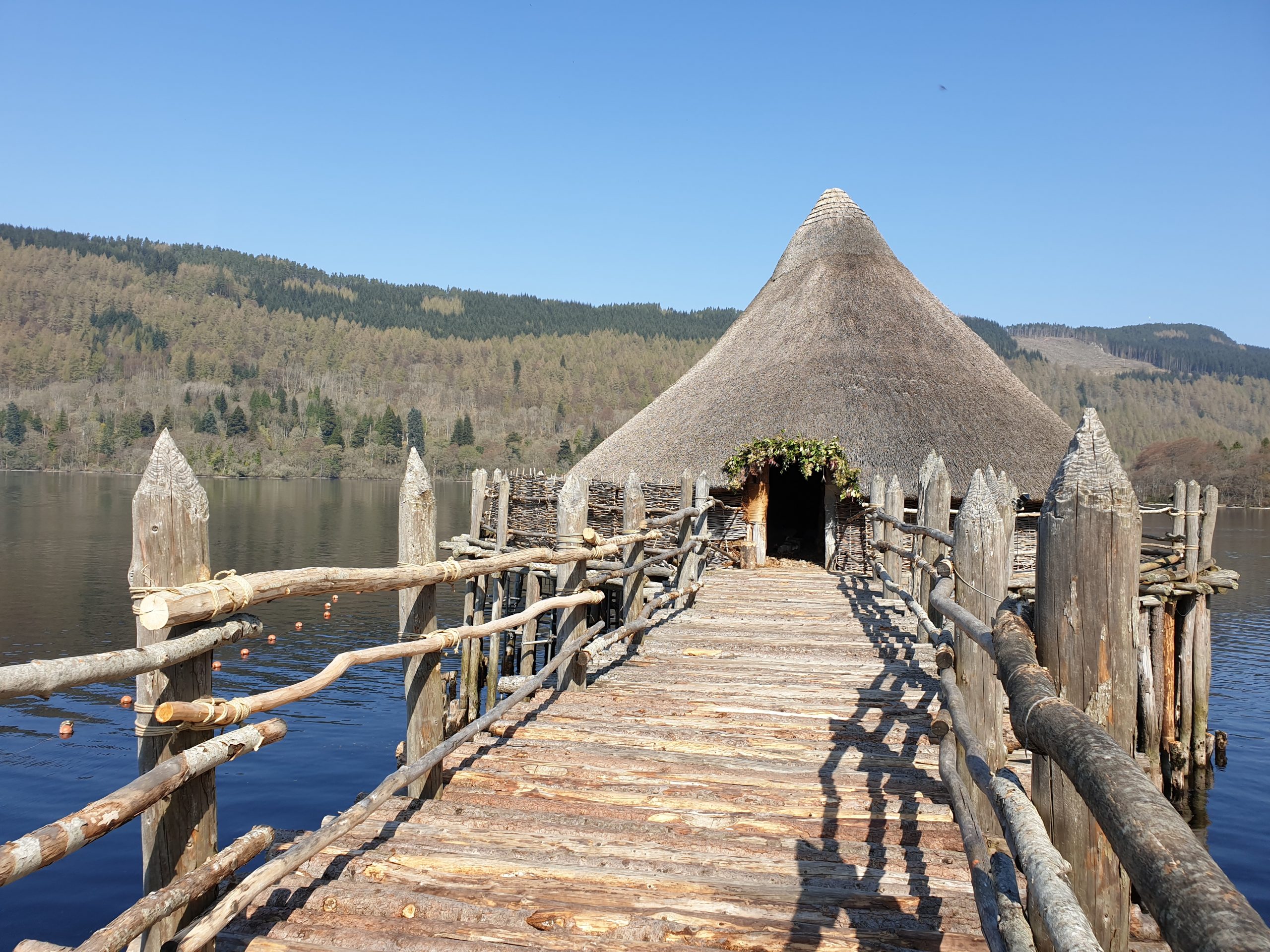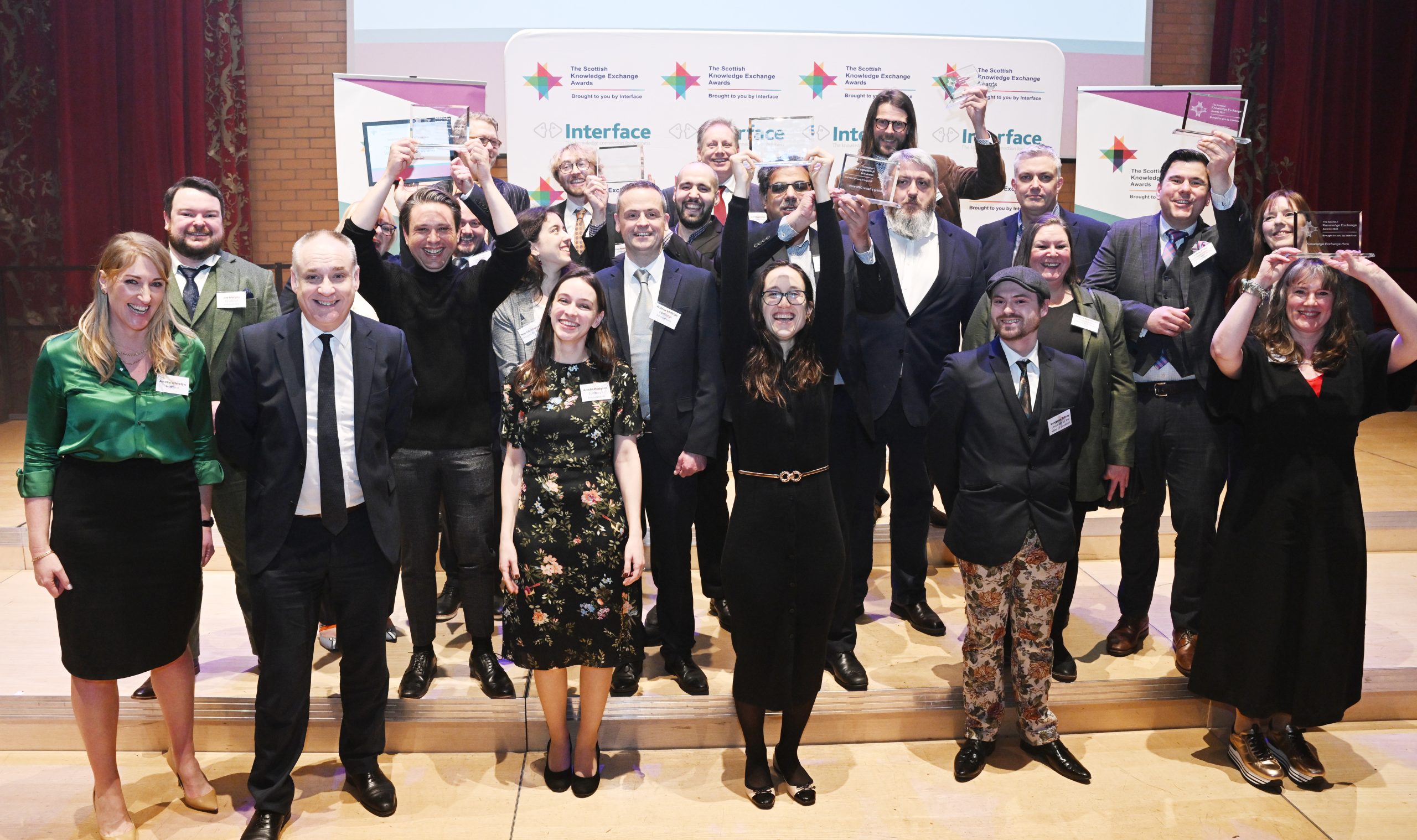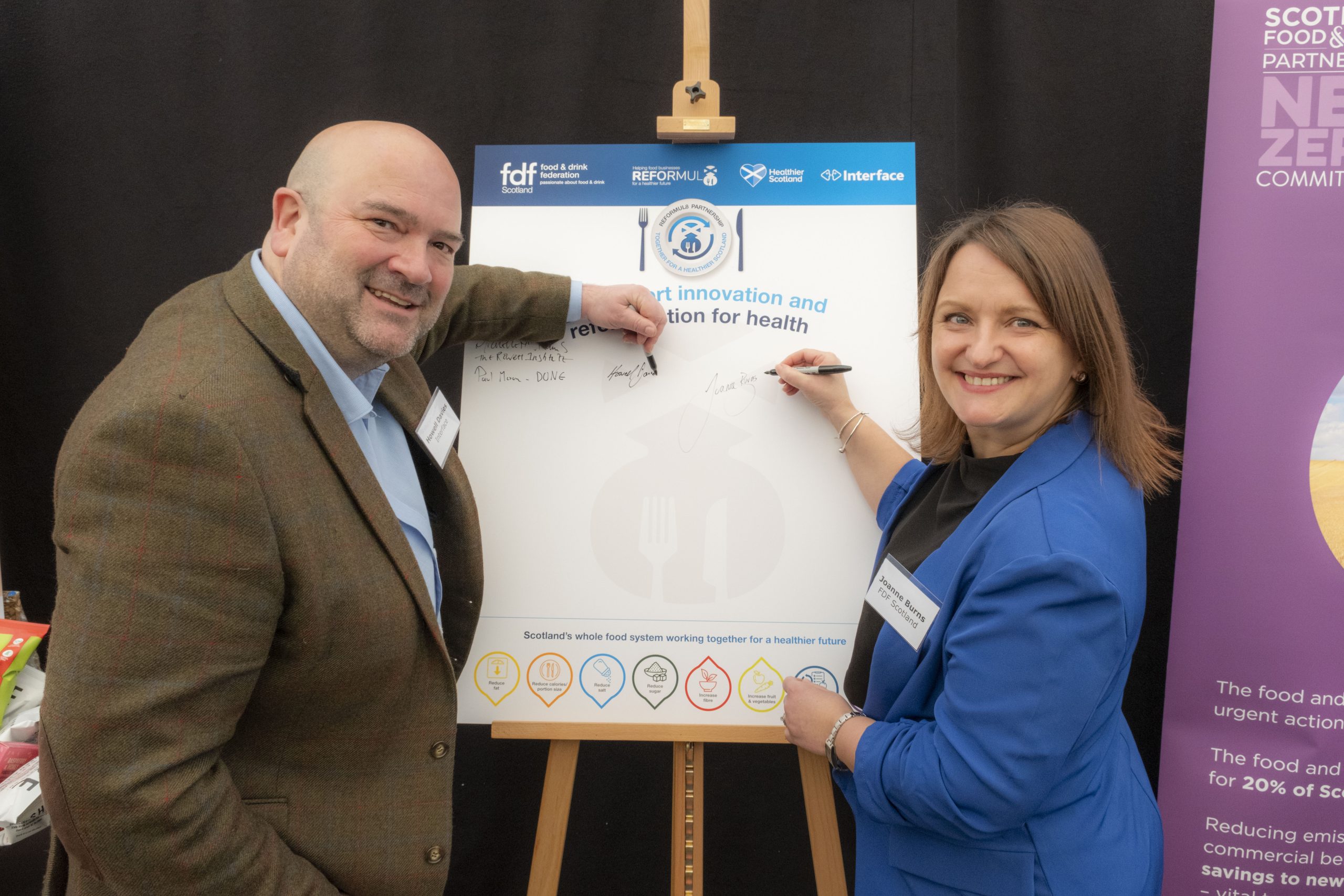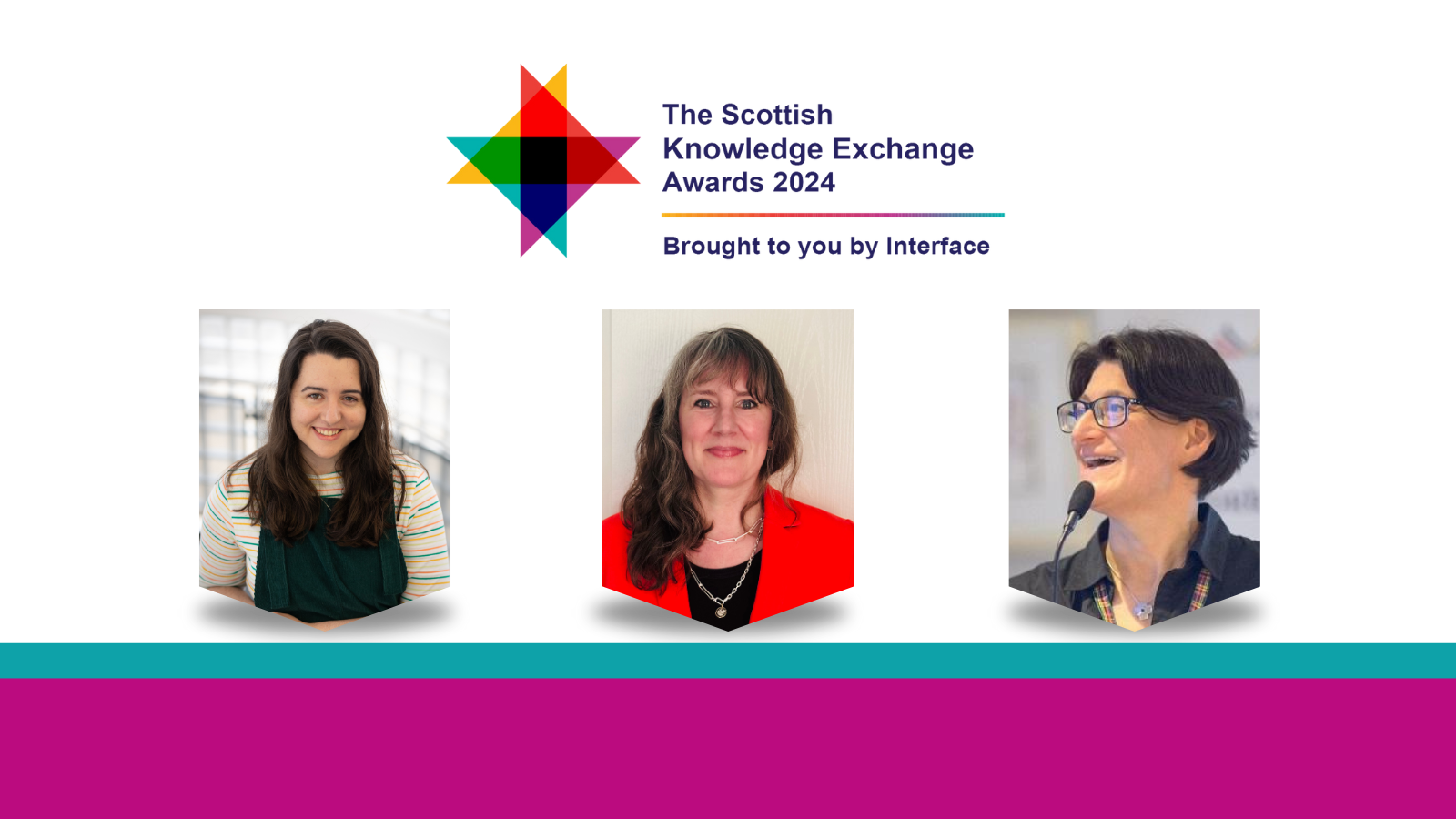Post
Fortune favours the bold

Scotland’s tourism sector has had to be incredibly resilient in the past 18 months, and none more so than the Scottish Crannog Centre in Tayside.
Despite the pandemic and lockdown restrictions, the visitor centre continued to attract people to its replica Crannog built on stilts on Loch Tay and iron-age village, but in the summer, disaster struck with a fire which destroyed the roundhouse.
However, as the saying goes, fortune favours the bold, and ambitious plans to relocate the entire visitor centre and build three new Crannog roundhouses was underway before the fire. Land had been secured, plans drawn up and crowdfunding campaigns launched with the goal to create an even better visitor experience showing the incredible life of the Crannog dwellers 2,500 years ago. Funding from the Scottish Government of £2.3m was announced in December, which will help secure the future of this unique tourist attraction.
Lorna Watson, Interface’s Business Engagement Executive for Tayside, has long been involved in supporting the Crannog Centre’s aims by finding academic expertise from various universities at different stages of its journey. Working closely with Centre Director Mike Benson, Lorna has been able to understand the issues, and find resources in Scotland’s world-class universities to help the Centre reach their goals.
An initial project with the University of the West of Scotland’s Dr Marco Gilardi, a Lecturer at the School of Computing, Engineering and Physical Sciences, undertook a feasibility study and design of a new form of interactive, mixed reality, immersive experience to virtually link past dwellers from 2,500 years ago and present visitors. The project delivered the design of an innovative augmented space and the visitor interaction with it.
An additional strand resulting from the collaboration was the 3D production of part of a musical instrument, which helped bring the Crannog dwellers way of life alive for visitors.
Also, an Innovation Voucher-funded project scoped out visitors’ views of moving to a new site by showing them what was possible on a better location.
However, it was not only the Centre which benefited from the collaboration. It supported the University to establish an immersive research group, boosted the experience of academics collaborating with industry, and gave students valuable first-hand experience of working with a visitor attraction.
After the fire, a student project was established to review the original strategy for moving, taking account of economic factors, financial assumptions, and commercial opportunities.
Students from University of Stirling are carrying out a Facebook survey asking previous visitors what they liked about the Centre and what they would like to see at the new site.
Another project involves students investigating feasible sustainability features, from low carbon food footprint to clean energy, to add to the existing responsible tourism credentials.
Collaborating with the universities has helped the Centre gain the confidence to obtain resources needed to move to the new site more quickly.
Being at the forefront of innovation in immersive heritage experiences will attract larger visitor numbers and support the local economy. The Crannog Centre will be an important part of Scotland’s story linking the past to the present, and becoming a national treasure for future generations.
Photo shows Scottish Crannog Centre Director, Mike Benson, with the former Crannog.



